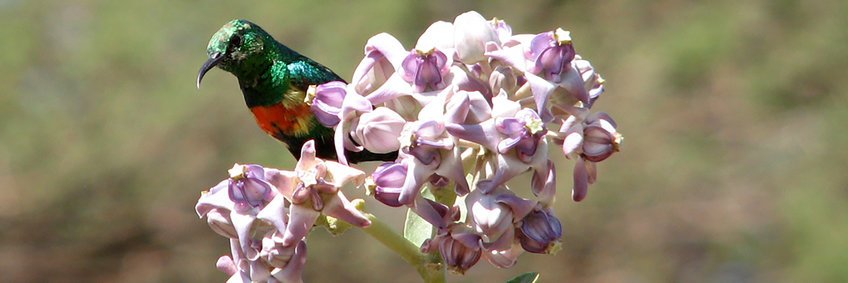Evolution of Sensory and Physiological Systems
Sensory systems evolve, allowing organisms to detect the environmental cues necessary for their survival. Different species live in different habitats and eat different foods, and chemosensory receptors (such as taste, pheromone, and olfactory receptors) often vary in number or function across species. This variation can reflect species-specific ecologies and is also shaped by different evolutionary histories.
In our group, we investigate the evolution of taste sensing and digestive physiology across the vertebrate phylogeny. We use an integrative approach, combining molecular and cell-culture techniques with behavioral studies and comparative genomics to examine the mechanisms by which animals detect and digest dietary carbohydrates. These approaches aim to uncover the effects of sensory and dietary shifts on organismal ecology and physiology.
Ongoing projects
Many vertebrates differ dramatically in their ability to sense and to digest different sugars. Using behavioral, functional, and morphological approaches, we are currently investigating multiple origins of carbohydrate detection and digestion across vertebrates (Photo: Wenfei Tong).
What are the repercussions of sensory shifts? Our previous work has shown that hummingbirds detect sugars with the ancestral savory receptor, but how this impacts their perception of amino acids is unknown. We are examining the consequences of changes in receptor properties by characterizing the molecular basis and behavioral consequences of amino acid detection in hummingbirds as well as in other bird lineages (Photo: Maude Baldwin).
Taste perception is closely linked with many other aspects of organismal physiology. When diets change, what other systems are affected, and what changes first? We take an integrative, multi-disciplinary approach to understand the order of key changes shaping vertebrate sensory and digestion systems.


